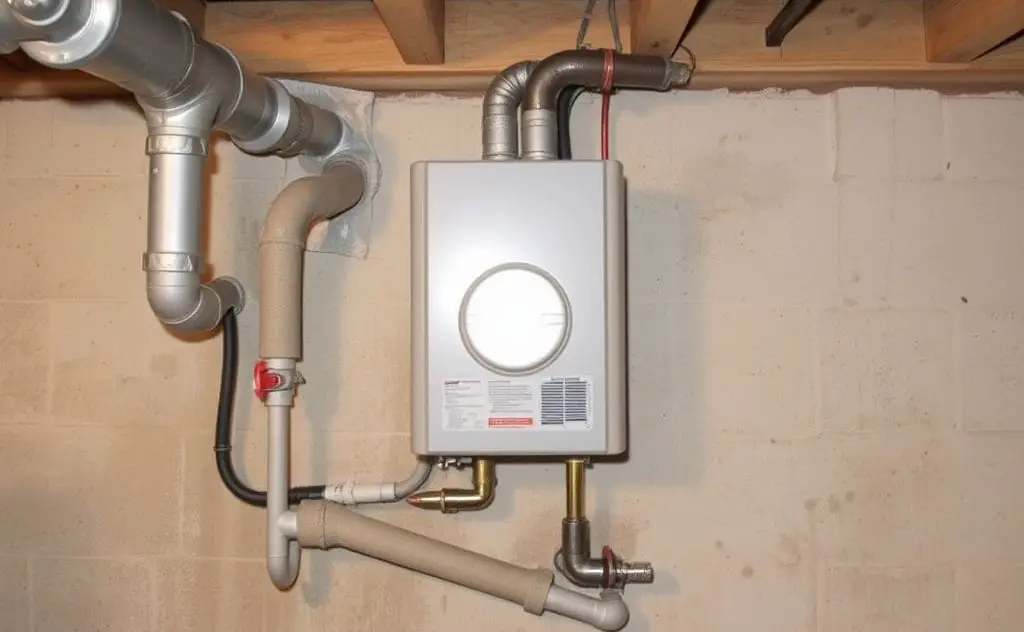Yes, you can vent a gas furnace through a wall using a direct vent system, ensuring it meets local building codes and safety regulations.
Venting a gas furnace through a wall is possible with a direct vent system, but strict safety guidelines must be followed. Proper installation prevents dangerous carbon monoxide leaks and ensures efficient operation.

Understanding Wall Venting for Gas Furnaces
Modern gas furnaces use one of two venting methods when exiting through a wall:
- Direct vent systems: Use two pipes (intake and exhaust) through the wall
- Power-vented systems: Use a single pipe with an inducer fan to push exhaust outside
The best built-in gas heaters typically use direct vent configurations for safety and efficiency. This method completely separates combustion air intake from exhaust gases.
Direct Vent System Requirements
Proper direct vent installation requires:
| Component | Requirement |
|---|---|
| Exhaust pipe height | At least 12″ above intake |
| Ground clearance | Minimum 12″ above grade/snow line |
| Window/door clearance | 12-36″ depending on manufacturer |
| Pipe slope | 1/4″ per foot toward furnace |

Common Venting Mistakes to Avoid
Improper venting creates serious safety hazards. Watch for these issues:
1. Incorrect Pipe Configuration
Reversed intake/exhaust pipes or downward-pointing exhaust terminals can cause:
- Exhaust gas recirculation
- Furnace shutdowns
- Potential CO infiltration
2. Inadequate Clearances
Vents placed too close to:
- Windows/doors (less than 12″)
- Decks/balconies (less than 12″ below)
- Ground level (less than 12″)
According to Department of Energy guidelines, proper clearances are critical for safe operation.
3. Undersized Vent Pipes
General sizing guidelines:
- 80k BTU or smaller: 2″ pipes typically adequate
- 100k BTU or larger: Usually requires 3″ pipes
The best water heater thermostat controls often include safety features that work with properly sized venting.
Safety Features in Modern Furnaces
Newer furnaces include multiple protection systems:
Pressure Switches
Monitor vent pressure and shut down furnace if:
- Backdraft occurs
- Vent blockage exists
- Inadequate draft present
Draft Inducers
Motorized fans that:
- Create positive vent pressure
- Overcome stack effect issues
- Prevent backdrafting
When Professional Installation is Essential
While some homeowners attempt DIY furnace installations, venting requires professional expertise because:
- Local codes vary significantly
- Manufacturer specifications are complex
- Improper installation can be deadly
- Specialized tools are often required
The Air Conditioning, Heating and Refrigeration Institute recommends certified HVAC technicians for all gas appliance installations.
Maintenance for Safe Operation
Even properly installed wall vents require regular maintenance:
- Annual professional inspections
- Monthly visual checks for obstructions
- Immediate attention to any error codes
- CO detectors on every floor
Proper wall venting allows safe, efficient furnace operation when installed and maintained correctly. Always consult manufacturer guidelines and local codes for specific requirements.
